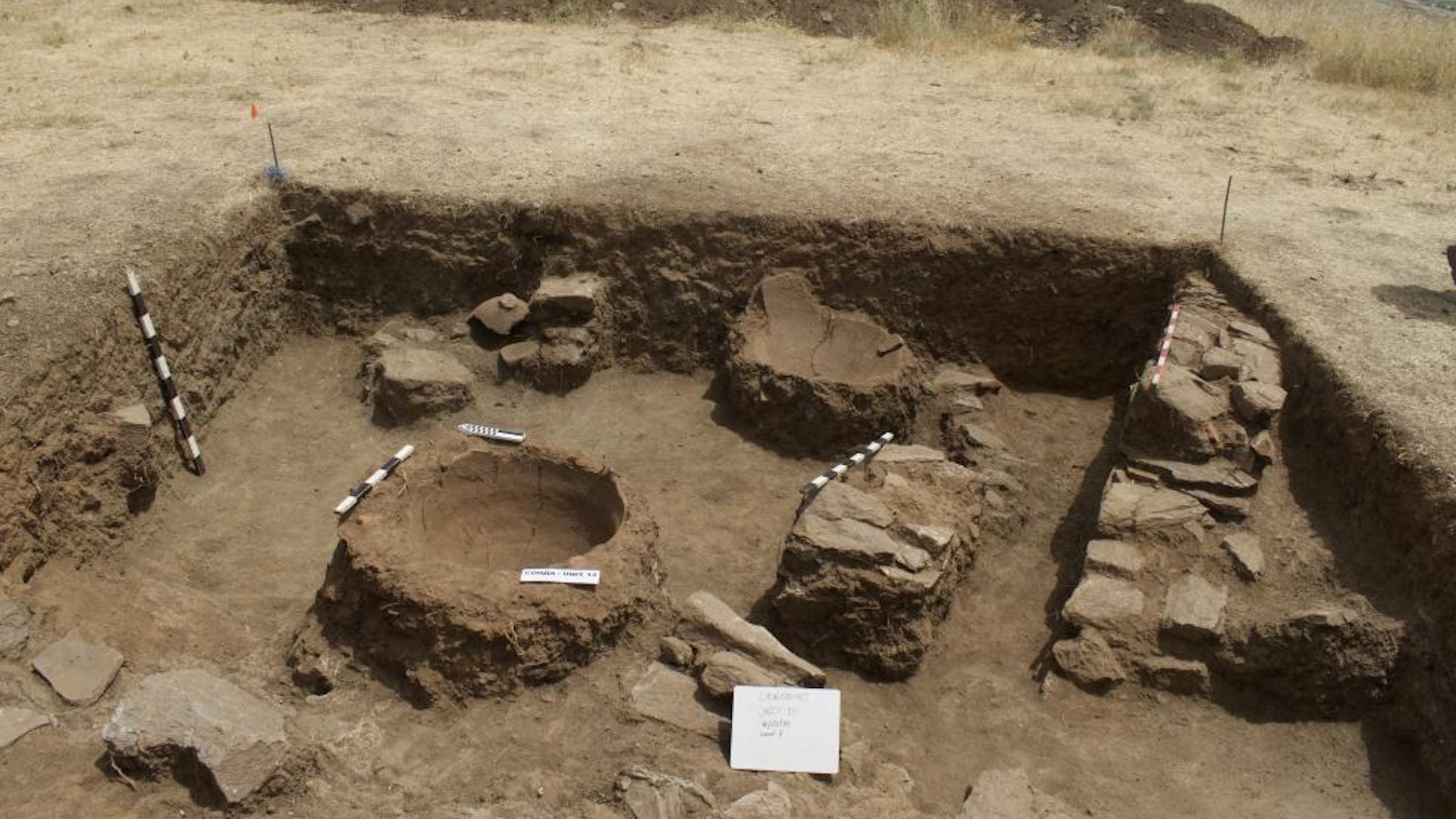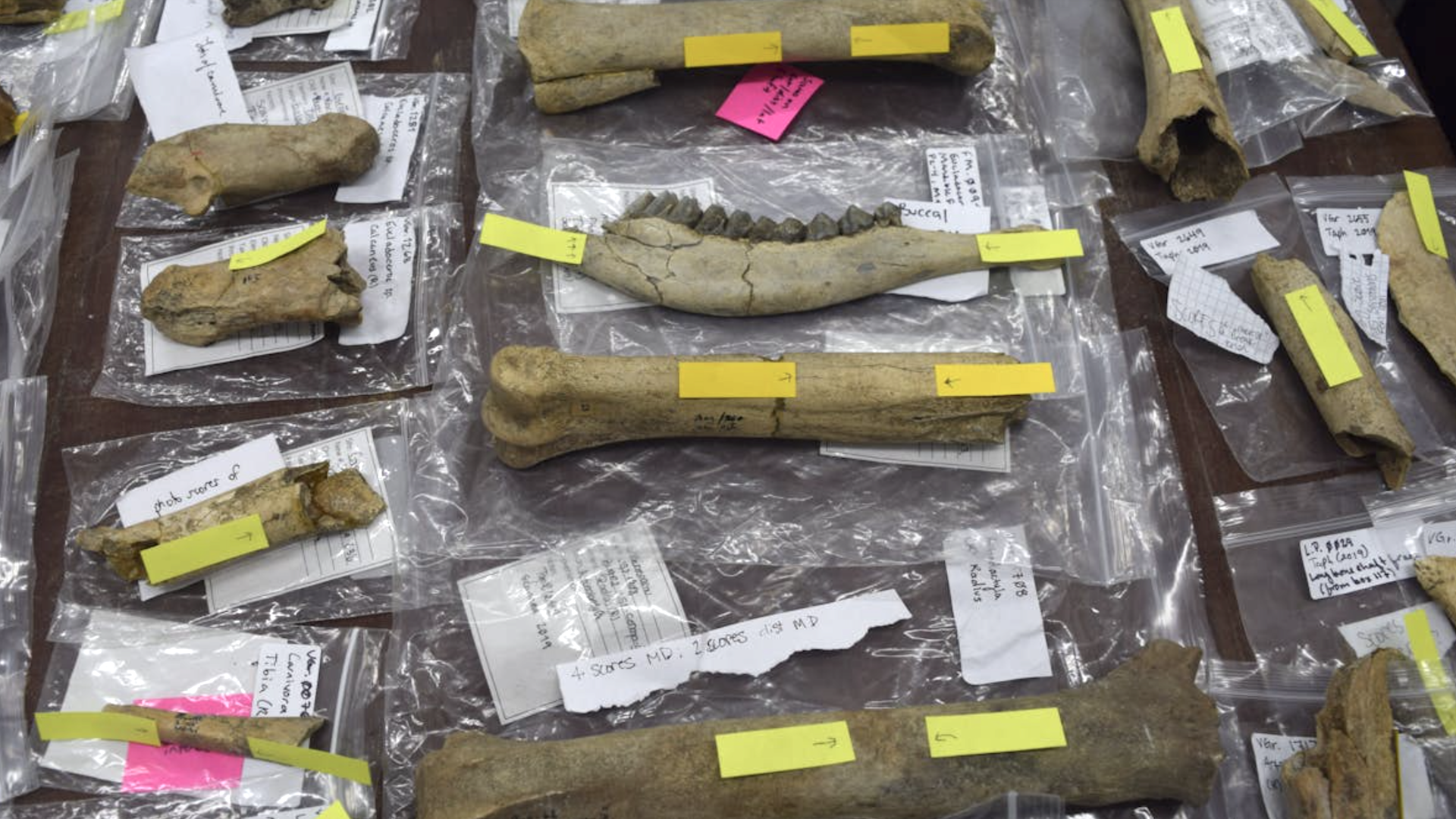U.S. Southwest Warned of Potential Virus Outbreak

In one of the first efforts of its kind to forecast the location and severity of future disease, researchers cautioned today that the Southwestern United States is at greater risk of a hantavirus outbreak this year than in 2005.
Hantavirus is a rare but deadly respiratory disease caused by exposure to a variety of viruses. It is contracted through contact with rodent droppings or the pests themselves. It can even waft into the lungs while a person is sweeping or raking.
The deer mouse is among the culprits that spread the virus.
Last year, four cases were reported in the Four Corners region, where Arizona, New Mexico, Colorado and Utah meet. For 2006, researchers called the risk moderate, expecting something like the six or eight cases in the region in 1998 and 1999, respectively.
The research, funded by the National Science Foundation and the National Institutes of Health, is based on an analysis of satellite imagery and is published in the July 12 issue of the journal Occasional Papers, Museum of Texas Tech University.
"Through this research, we've found that satellite imagery can be used to identify the location and extent of infectious diseases spread by animals," said Gregory Glass of John Hopkins University, the study's lead author.
The images provided information on vegetation growth, soil moisture and other conditions that help mice and hantavirus to thrive. More rain and food means more mice, and greater potential for the virus to spread.
Sign up for the Live Science daily newsletter now
Get the world’s most fascinating discoveries delivered straight to your inbox.
The researchers verified the likely accuracy of their forecast model by using it to "hindcast" actual hantavirus outbreaks going back to 1993, when the disease was first identified in the United States. The model accurately "predicted" the outbreaks for 1994, 1998 and 1999.
Robert is an independent health and science journalist and writer based in Phoenix, Arizona. He is a former editor-in-chief of Live Science with over 20 years of experience as a reporter and editor. He has worked on websites such as Space.com and Tom's Guide, and is a contributor on Medium, covering how we age and how to optimize the mind and body through time. He has a journalism degree from Humboldt State University in California.











